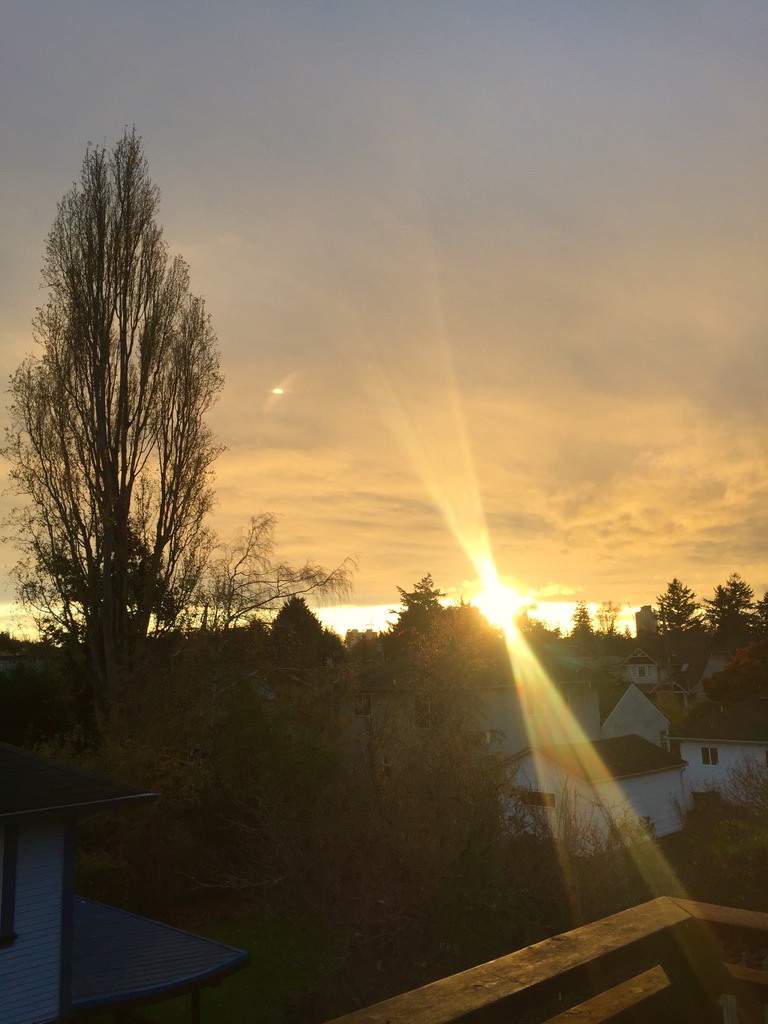As the weeks progress at Lambrick Park high school, it is becoming increasingly clear to me that the role of a teacher is not to simply teach the curriculum. Teaching is so much more than just the intended subject: as a teacher you are teaching students about connection and community, you are modelling healthy communication styles and positive relationships. In this career you are given a precious opportunity to make kids feel seen, their voices heard, and worth known. An effective teacher builds students’ self-esteem by making them feel capable. Creating a classroom that is both authentic and inclusive while showing students your genuine care, allows kids to believe in their own competence. The role of the teacher is changing as we continue to move away from traditional assessment and rigid top-down lecturing, to an educational environment that is increasingly focused on student’s holistic well-being and mental health. As one of my mentor professors poignantly stated, ‘students will probably not remember all of the content in your class, but no one forgets how you make them feel.’
I have been continually inspired by the way I have observed teachers conduct their classrooms. I have noticed a real vulnerability in many of my teachers approaches – an empathetic understanding of student struggles and a willingness towards flexibility. There appears to be a shift in recent pedagogy towards practical life skills, guiding adolescents to success through inquiry and thoughtful decision making. Teachers provide mentorship and steer students towards the essential tools they need to grow and thrive. These methods deeply resonate with me. I hope one day to foster a similar culture within my own classroom by creating a safe space where students feel comfortable to explore diverse aspects of themselves. I want to share my passion for art and education while encouraging kid’s confidence and self-efficacy.



